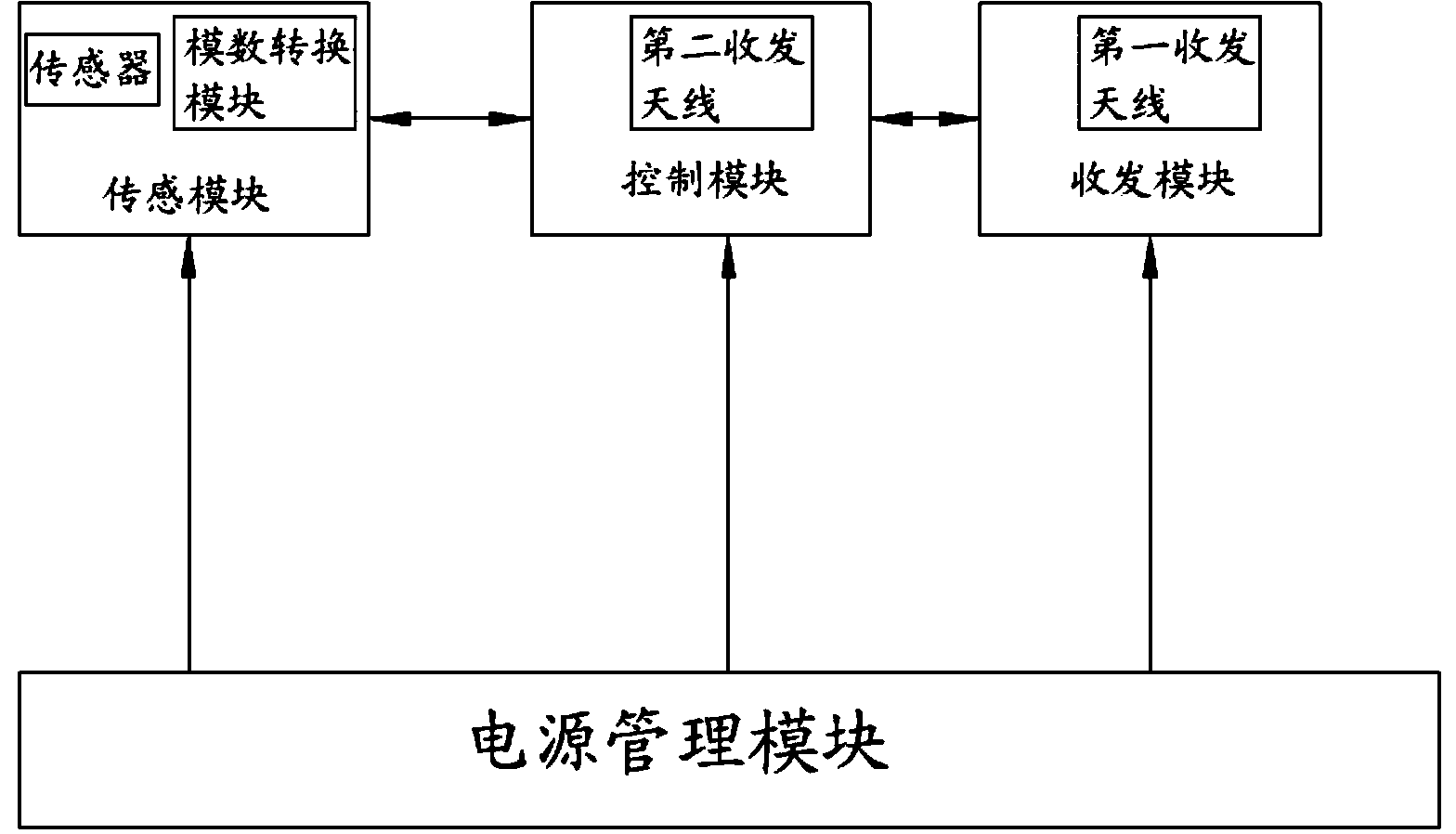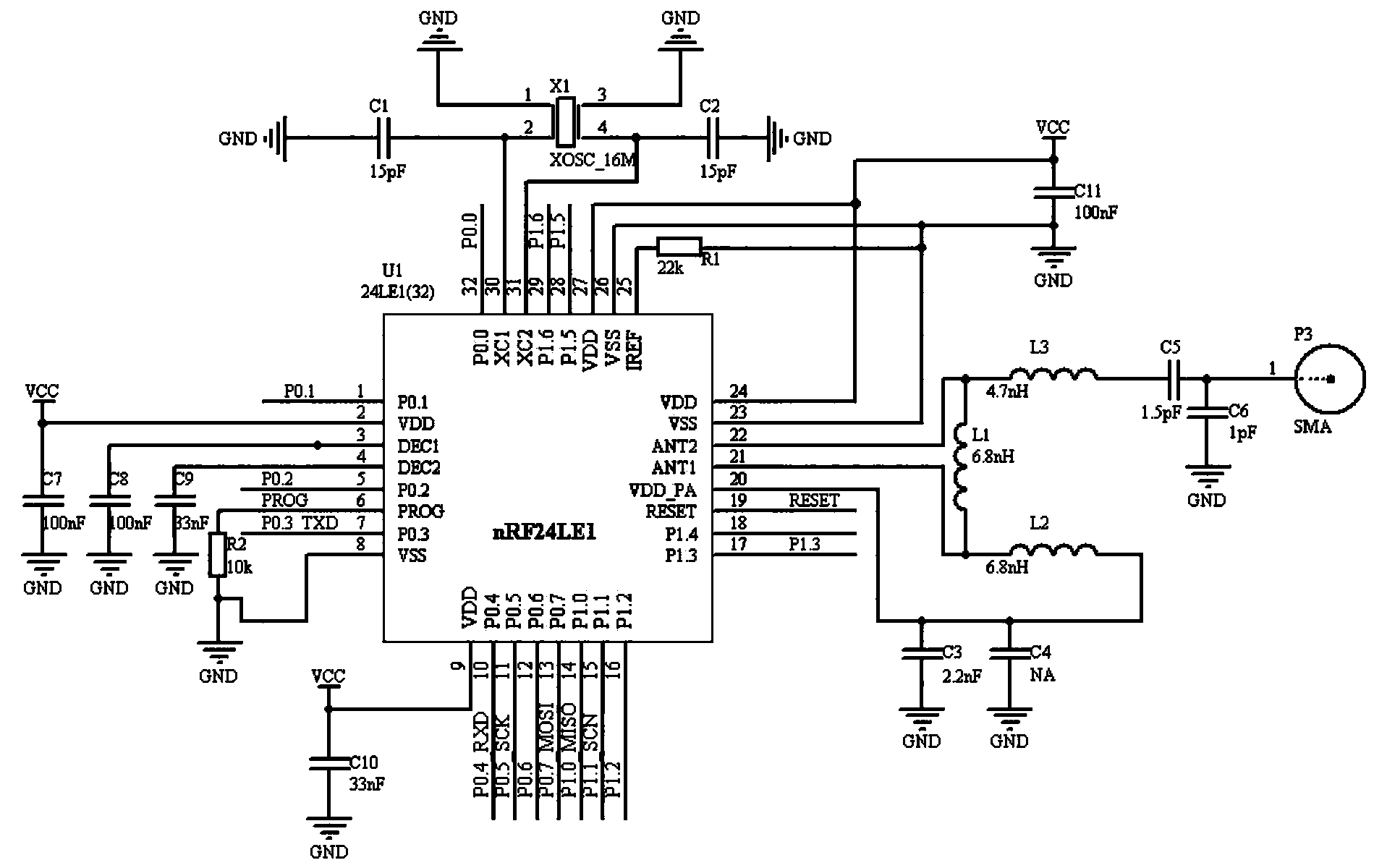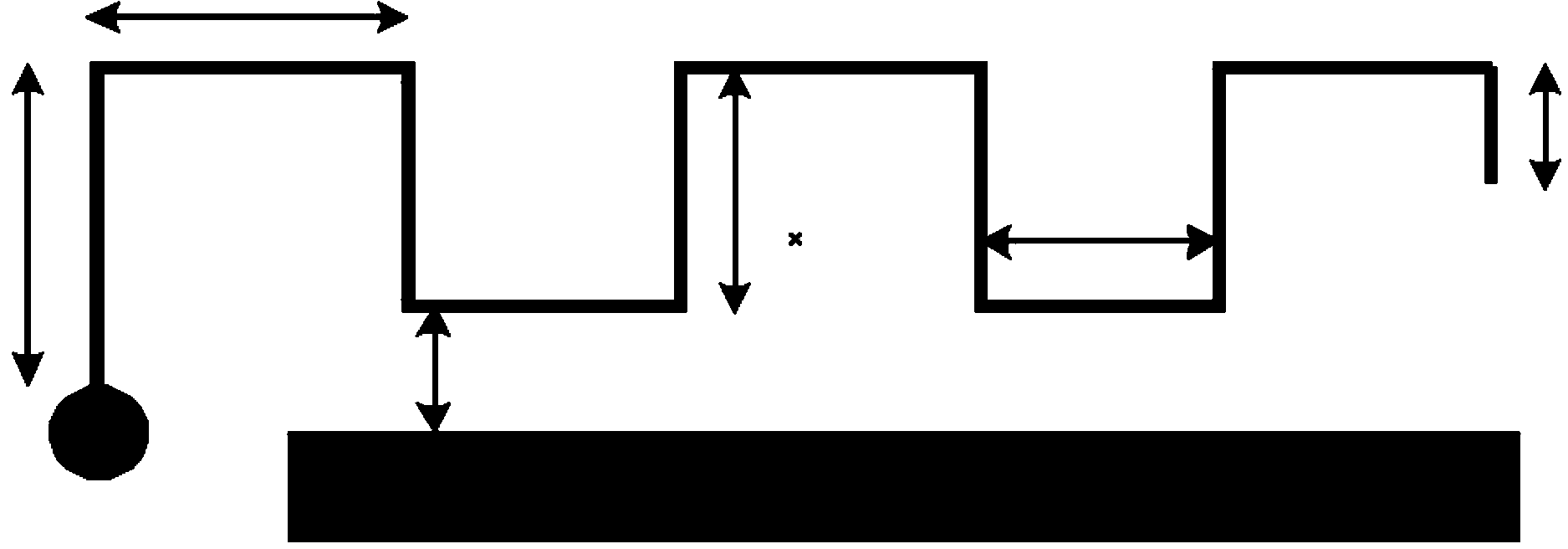Wireless sensor network node
A technology of wireless sensors and network nodes, which is applied in the field of Internet of Things systems, can solve problems such as high energy consumption, transmission distance limitations, and difficult information changes, and achieve the effects of reducing management costs, improving single functions, and improving management efficiency.
- Summary
- Abstract
- Description
- Claims
- Application Information
AI Technical Summary
Problems solved by technology
Method used
Image
Examples
Embodiment Construction
[0023] The present invention will be further described below with reference to the accompanying drawings.
[0024] Such as Figure 1-8 As shown, a wireless sensor network node includes a transceiver module, a control module, a sensing module and a power management module. The transceiver module uses a 2.45GHz microwave frequency band for communication and reads electronic tags; the control module is based on a 2.4GHz frequency band The wireless communication standard is also used to fuse the information data of the transceiver module and the sensing module and realize low-speed wireless transmission; the sensing module is used to collect environmental information data; the power management module is used to supply power to each module control. The transceiver module implements the ISO 18000-4 protocol. The transceiver module is also connected with a first transceiver antenna, and the control module is connected with a second transceiver antenna. The sensing module includes ...
PUM
 Login to View More
Login to View More Abstract
Description
Claims
Application Information
 Login to View More
Login to View More - R&D
- Intellectual Property
- Life Sciences
- Materials
- Tech Scout
- Unparalleled Data Quality
- Higher Quality Content
- 60% Fewer Hallucinations
Browse by: Latest US Patents, China's latest patents, Technical Efficacy Thesaurus, Application Domain, Technology Topic, Popular Technical Reports.
© 2025 PatSnap. All rights reserved.Legal|Privacy policy|Modern Slavery Act Transparency Statement|Sitemap|About US| Contact US: help@patsnap.com



